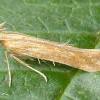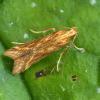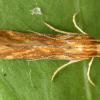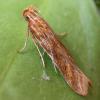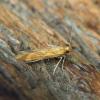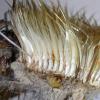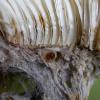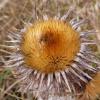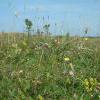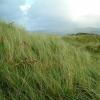35.055 Metzneria aestivella (Zeller, 1839)
Status and Distribution
Local in southern England and coastal south Wales. Very local elsewhere, in England as far north os Lincolnshire, in north Wales and south-east Ireland with a few very historic records from Yorkshire. Searches in the coastal dunes of north-west England, where the foodplant is present, sometimes in reasonable quantity, have so far failed to produce the moth.
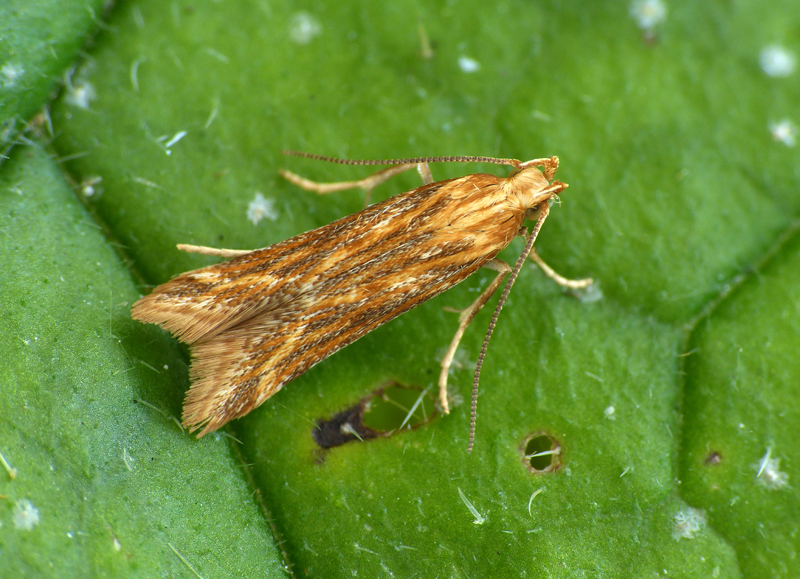
Provisional map
Habitat
Finding the Moth
Larva: in the seed-heads from September to April, pupating in May. Collection of seed-heads is the best way to find this species but the larvae can be heavily parasitised.
Adult: infrequently seen during daytime and occasionally comes to light.
Similar Species
Lacks the black spots present on Metzneria lappella and Metzneria metzneriella; smaller and less streaked than M. neuropterella. The third segment of the labial palps is two-thirds the length of the second segment (half length in other Metzneria spp.). Worn moths are likely to require dissection.
Single-brooded in June and July.
Earliest: 1st June 2002 (VC113)
Latest: 26th August 1926 (VC10)

